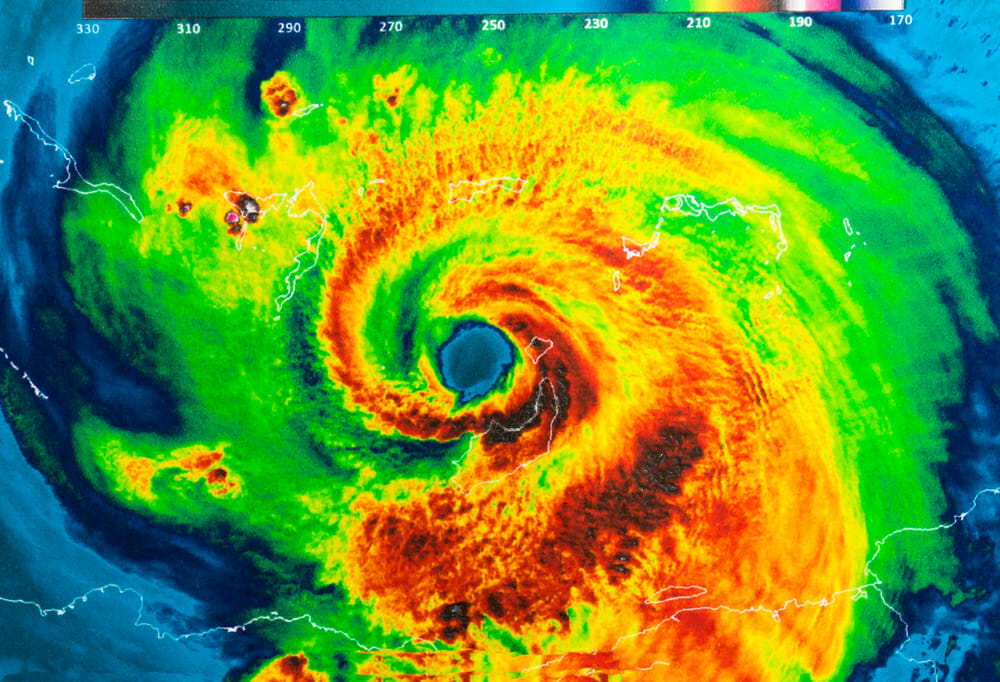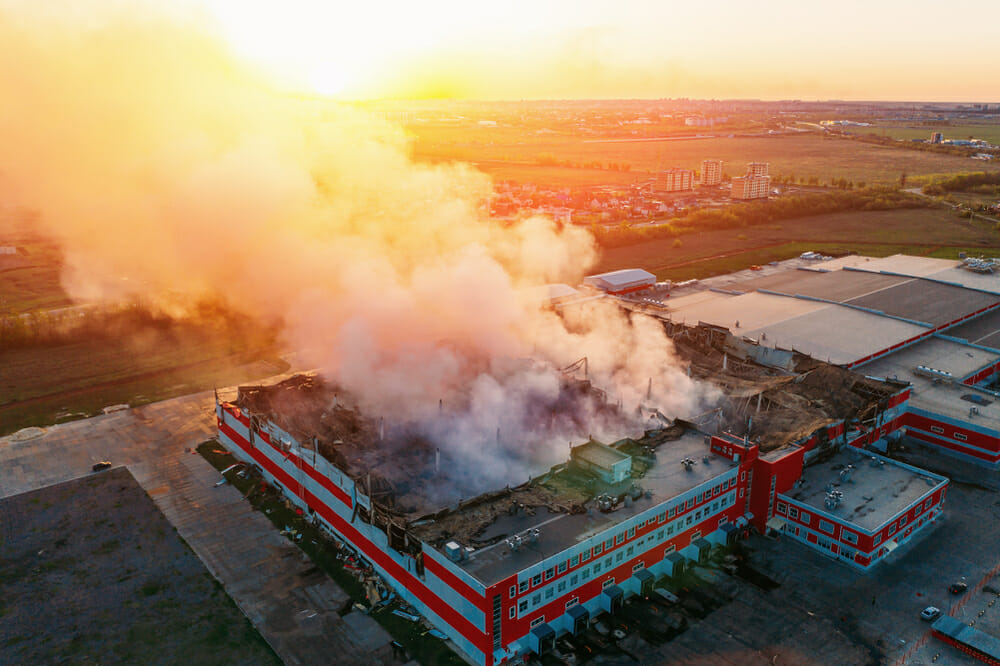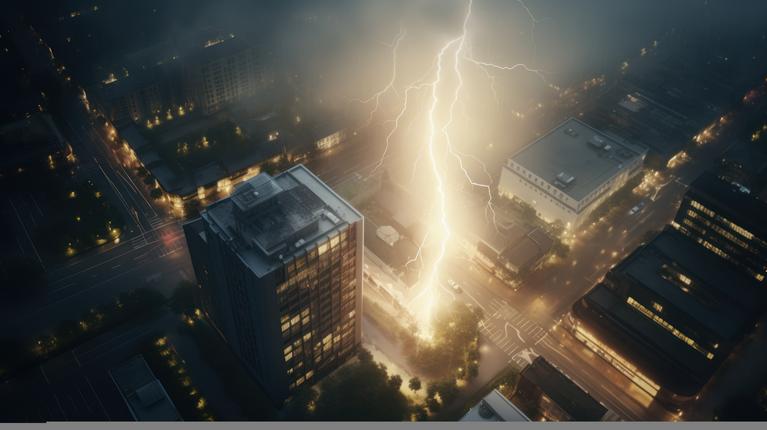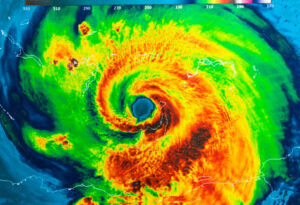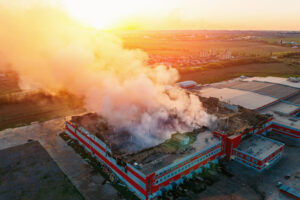Introduction
Apartment fires are startling events that can lead to significant loss and trauma. Understandably, if you’ve experienced such an incident, your immediate concerns likely revolve around safety, damage assessment, and recovery steps.
- Key concerns post-fire: Ensuring personal safety, assessing property damage, initiating insurance claims.
- Immediate need: Information on what to do right after an apartment fire.
Apartment fires not only cause physical damage but also pose serious safety threats to residents. Various factors, including cooking mishaps, electrical faults, and unattended candles, are common culprits. Statistical data reflects that these incidents are not rare, emphasizing the need for preparedness and awareness among residents and property owners.
Understanding the underlying causes and statistics of apartment fires is crucial for prevention and preparedness. Through this guide, we aim to equip property owners, particularly those managing multifamily complexes and other residential units, with essential knowledge to ensure safety and smooth recovery post-incident.
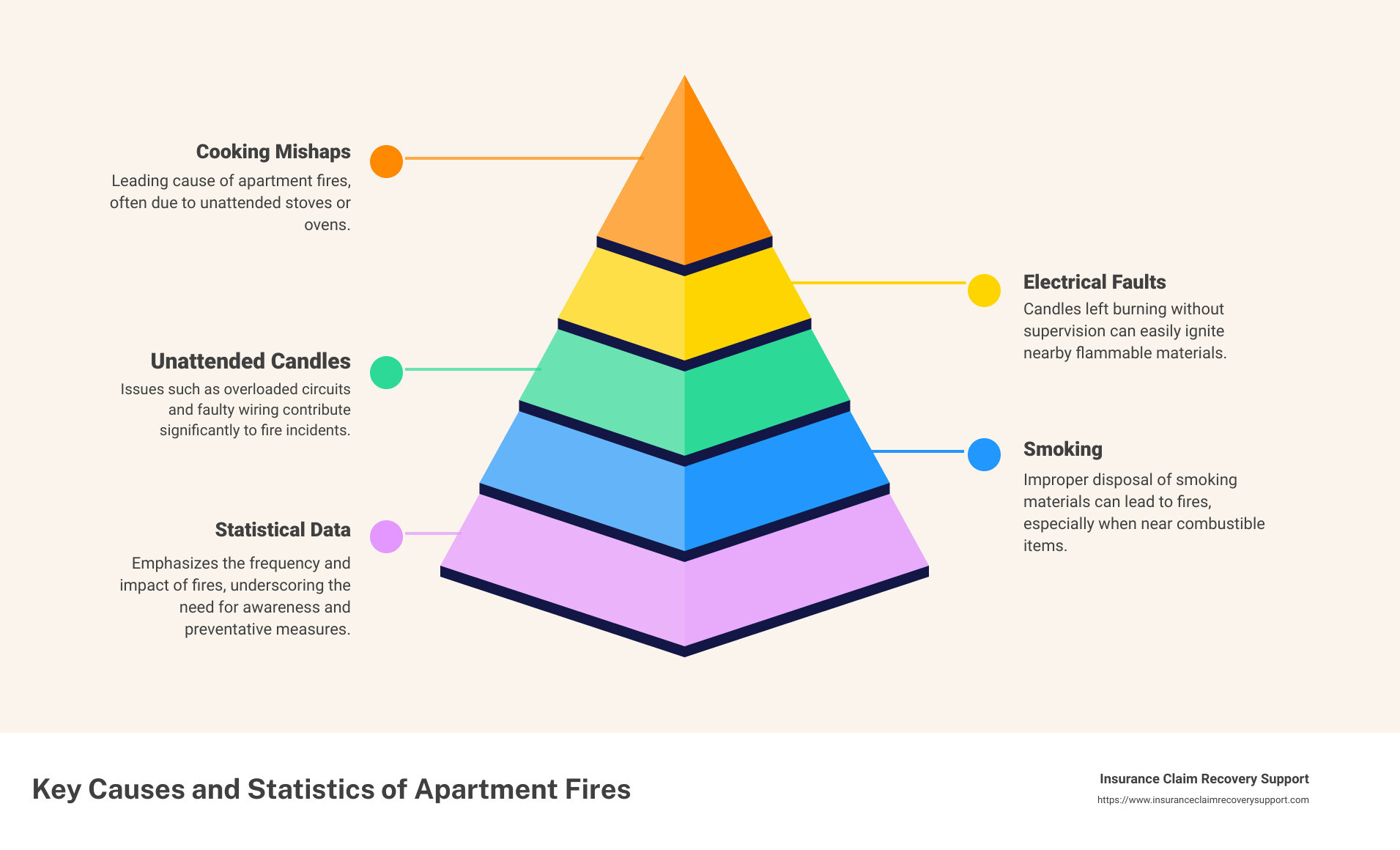
Understanding the Causes of Apartment Fires
Apartment fires can start from various sources, and understanding these can help prevent devastating losses. Here are some of the most common causes:
Tenant Carelessness
One of the leading causes of apartment fires is tenant carelessness. Unattended cooking, improperly extinguished cigarettes, and misuse of electrical appliances are frequent culprits. For instance, a significant grease fire in a W. Houston apartment was caused by unattended cooking, emphasizing the need for vigilance in the kitchen.
Lack of Maintenance
Poor maintenance of electrical systems and heating equipment can lead to fires. Faulty wiring and overloaded power outlets are serious risks. Regular checks and maintenance are crucial to ensure that these potential hazards do not lead to a fire.
Improper Use of Appliances
The misuse of appliances, like leaving a space heater on near flammable materials, is a common fire starter. In the Muskogee incident, although the fire was accidental, it highlights the importance of proper appliance use and adherence to safety guidelines.
Case Studies: Grenfell Tower and Camden Rowhomes
The Grenfell Tower fire in London was a tragic example of how building materials and lack of proper safety measures can lead to catastrophe. The building’s cladding, which was not fire-retardant, played a significant role in the fire’s rapid spread.
Similarly, the fire that gutted 5 Camden rowhomes shows how quickly a fire can spread through residential buildings, displacing residents and causing extensive damage. These incidents underline the importance of fire safety compliance and regular building inspections.
Preventive Measures
Understanding these causes helps in formulating preventive measures:
– Educate tenants on the dangers of unattended appliances and careless smoking.
– Regular maintenance checks for electrical and heating systems.
– Ensure compliance with fire safety standards in building materials and construction.
By addressing these key areas, apartment fires can be significantly reduced, protecting lives and property. Let’s focus on implementing these measures effectively.
Immediate Actions During an Apartment Fire
When an apartment fire occurs, knowing the immediate steps to take can save lives and prevent injuries. Here are critical actions to take during such emergencies:
Escape Plan
Always have an escape plan ready. This plan should include multiple exit routes and a meeting point outside the building. In the event of a fire, act quickly and follow the pre-planned escape route.
Cool Door Touch
Before opening any doors, touch them with the back of your hand to feel for heat. If the door is hot, it may be unsafe to open as fire could be on the other side. Instead, find an alternative escape route.
Use of Stairs
Always use the stairs, not the elevators. During fires, elevators can malfunction or stop working entirely, and they could open on a floor where the fire is burning intensely.
Avoid Elevators
As reiterated, elevators are a risky choice during a fire. They could lead you directly into a fire zone or get stuck, trapping you inside. Stairs are the safer option.
Calling 9-1-1
Once you are in a safe location, call 9-1-1 immediately. Provide them with specific details about the location and nature of the fire. Quick reporting can help emergency services respond more effectively.
Muskogee Residents Evacuation
From a real-life scenario, the evacuation of Muskogee residents during the Greenleaf Apartments fire was efficiently handled, showcasing the importance of a well-executed evacuation plan. All residents were safely evacuated, demonstrating the effectiveness of immediate and orderly action in crisis situations.
By understanding and implementing these immediate actions, residents can significantly improve their chances of safely escaping an apartment fire. Next, we will explore the legal and insurance considerations that are crucial after experiencing such an incident.
Legal and Insurance Considerations Post-Fire
After the immediate threat of an apartment fire has been managed, it’s crucial to navigate the legal and insurance aspects to ensure a smooth recovery. This section covers landlord responsibilities, the process of filing insurance claims, and how Insurance Claim Recovery Support LLC can assist in these situations.
Landlord Responsibilities
Post-fire, a landlord’s duties include ensuring the property is safe for re-entry and facilitating repairs. They must also provide alternative accommodations if the property is uninhabitable. It’s important for tenants to understand their rights and the responsibilities of their landlords to ensure they are adequately supported during the recovery phase.
Insurance Claims
Filing an insurance claim promptly is vital. Start by reporting the fire to your insurance company and documenting all damages with photos and videos. This evidence is crucial for supporting your claim. Keep a record of all communications with your insurance company, and save receipts for any immediate repairs or expenses related to securing your property.
Fire Insurance Claim
A fire insurance claim involves several critical steps:
– Immediate Reporting: Inform your insurance provider about the fire as soon as possible.
– Documentation: Take detailed photos and list all damaged or lost items.
– Secure the Property: Take measures to prevent further damage, which could involve covering up broken windows or damaged roofs temporarily.
Insurance Claim Recovery Support LLC emphasizes the importance of these steps. They advocate for a thorough approach to documenting claims and recommend securing professional help to navigate the complexities of fire insurance claims.
Insurance Claim Recovery Support LLC
Insurance Claim Recovery Support LLC specializes in helping tenants and property owners maximize their claims. They provide expert advice on documenting damages comprehensively and dealing with insurance adjusters. Their role is particularly crucial in ensuring that claims are not underpaid or wrongfully denied, which can be a common issue in the aftermath of apartment fires.
By engaging professionals like Insurance Claim Recovery Support LLC, you can ensure that your fire insurance claim is handled efficiently, allowing you to focus on recovery and rebuilding. Their expertise can be invaluable in navigating the intricate details of insurance policies and ensuring that you receive the compensation you deserve.
Understanding these legal and insurance considerations is essential for anyone affected by an apartment fire. In the next section, we will delve into the recovery and rebuilding process, including the roles of temporary shelters and community support organizations.
Recovery and Rebuilding After an Apartment Fire
Recovering from an apartment fire involves several critical steps and support from various organizations. Here, we explore how temporary shelters, community support, and ensuring structural soundness play pivotal roles in helping residents move forward.
Temporary Shelters
After a fire, immediate shelter is crucial. Organizations like the American Red Cross often step in to provide emergency accommodation. For instance, in the Muskogee apartment fire, the Muskogee Civic Center was transformed into a temporary shelter to house displaced residents. These shelters provide a safe space for residents as they figure out their next steps.
American Red Cross
The American Red Cross is instrumental in disaster response. They not only offer temporary housing but also help with food, clothing, and medical care. Their swift action ensures that those affected by apartment fires have their immediate needs met, easing the stress during such traumatic times.
Muskogee Civic Center
Local facilities like the Muskogee Civic Center can become vital resources in the aftermath of a fire. They serve as central points for aid distribution, information, and support services, helping streamline the recovery process for affected residents.
Neighbors Building Neighborhoods
Community organizations play a critical role in long-term recovery. In Muskogee, Neighbors Building Neighborhoods partnered with the Muskogee County Disaster Relief Fund to assist residents. These organizations often facilitate donations and provide additional resources necessary for rebuilding lives after significant losses.
Structural Soundness
Before any reconstruction or return to apartments can occur, buildings must be deemed structurally sound. This involves thorough inspections by professionals to ensure the safety of the structure. Only after a building is declared safe can cleanup and rebuilding efforts begin.
Recovery from an apartment fire is a community effort, involving immediate response and long-term support. Organizations like the American Red Cross, local civic centers, and community groups are essential in this process, ensuring that residents receive the help they need to rebuild their lives. The importance of maintaining and checking the structural integrity of buildings cannot be overstated, as it ensures the safety and security of returning residents. In the next section, we will discuss safety tips to prevent future apartment fires, emphasizing proactive measures and regular maintenance.
Safety Tips to Prevent Future Apartment Fires
In light of recent tragic events, it’s crucial to focus on preventive measures to ensure the safety of apartment residents. Here, we’ll explore essential safety tips that can significantly reduce the risk of fire in multifamily dwellings.
Fireproofing Your Apartment
Fireproofing involves using materials and strategies that resist burning and withstand heat. Ensure that furniture, curtains, and decorations are made from fire-resistant materials. It’s also wise to treat walls and floors with fire-retardant coatings.
Smoke Detectors: Your First Line of Defense
Smoke detectors are critical in early fire detection, which can be life-saving. Install smoke detectors in every bedroom, outside each sleeping area, and on all levels of your apartment. Test them monthly and replace batteries annually or as needed. A working smoke detector significantly increases your chances of surviving a fire.
Ensuring Accessible Emergency Exits
Emergency exits must always be accessible and well-marked. Regularly check that exit routes and doors are free of obstructions and can be opened easily. In high-rise buildings, familiarize yourself with the location of stairwells and avoid using elevators in case of fire.
Regular Maintenance: Keeping Fire Risks at Bay
Regular maintenance is crucial in preventing apartment fires. Ensure that electrical systems, heating units, and gas appliances are inspected by professionals annually. Address any issues like frayed wires, leaking gases, or malfunctioning appliances immediately to prevent potential hazards.
Fire Extinguishers: Ready and Accessible
Equip your apartment with a fire extinguisher, ideally one on each floor. Choose multi-purpose extinguishers that can handle different types of fires, including electrical and grease fires. Learn how to use them properly and check regularly to ensure they are in working order.
By implementing these safety measures, residents and property managers can create a safer living environment that minimizes the risk of devastating fires. As we continue to learn from past incidents, the role of proactive fire safety practices becomes ever more apparent. Let’s commit to regular checks and maintenance to protect our homes and loved ones from fire hazards. Next, we’ll address some frequently asked questions about apartment fires, providing clear and concise answers to common concerns.
Frequently Asked Questions about Apartment Fires
What is the biggest cause of apartment fires?
The most common cause of apartment fires is cooking equipment. Kitchens are high-risk areas where heat, electricity, and open flames can easily lead to accidents, especially if cooking is left unattended. Other significant causes include heating equipment, electrical issues, smoking, and, unfortunately, intentional setting or arson.
What happens if there’s a fire in an apartment?
When a fire breaks out in an apartment, the immediate sequence of events typically involves the activation of smoke alarms, which is crucial for early detection. Residents should quickly evacuate the building following a pre-determined escape plan. Fire services respond to extinguish the fire and to ensure that all residents are accounted for. In the aftermath, the focus shifts to assessing the damage, relocating displaced residents, and investigating the cause of the fire. For example, in the incident at Greenleaf Apartments in Muskogee, nearly 100 residents were safely evacuated and the American Red Cross provided temporary shelter.
How do you escape an apartment fire?
Escaping an apartment fire safely involves several critical steps:
1. React Immediately: As soon as the fire alarm sounds, prepare to evacuate. Don’t waste time collecting belongings.
2. Check Doors: Before opening any doors, check if the handle is hot. If it is, find another escape route.
3. Use Stairs, Avoid Elevators: Always use the stairs. Elevators might malfunction during a fire or take you directly to the floor where the fire is burning.
4. Stay Low: Smoke rises, so stay as low as possible as you make your way to an exit.
5. Evacuate Quickly and Calmly: Proceed to the nearest clear exit. If you encounter smoke, cover your nose and mouth with a cloth.
6. Call for Help: Once you are in a safe location, call emergency services if they haven’t been alerted yet.
By understanding these causes and preparedness steps, residents can significantly reduce the risk of injury or worse during an apartment fire. Implementing regular safety checks and having a clear action plan are essential for ensuring everyone’s safety.
Conclusion
As we wrap up our discussion on the aftermath of apartment fires, it’s clear that recovery is both a practical and emotional journey. Let’s explore the essential recovery steps, reinforce crucial safety measures, and highlight how Insurance Claim Recovery Support can guide you through these challenging times.
Recovery Steps
Recovering from an apartment fire involves several critical steps:
1. Assessment and Documentation: Once it’s safe, assess the damage and document everything. This is crucial for insurance claims and for understanding the scope of repairs needed.
2. Contact Your Insurance: Notify your insurance provider immediately. Quick action ensures that the claim process starts without delay, helping you get the support you need faster.
3. Seek Temporary Housing: Organizations like the American Red Cross and local initiatives such as Neighbors Building Neighborhoods often provide immediate relief.
4. Plan Long-Term Recovery: Consider the structural soundness of your building. Only return to your apartment once professionals have deemed it safe.
Safety Measures
To prevent future tragedies, implement these safety measures:
– Install and maintain smoke detectors in every room.
– Keep fire extinguishers accessible, and ensure everyone knows how to use them.
– Regularly check electrical appliances and cords for damage.
– Never leave cooking unattended and be mindful of flammable materials around heat sources.
Insurance Claim Recovery Support
Navigating insurance claims can be daunting. Insurance Claim Recovery Support is here to help. We offer expert guidance through the insurance claim process, ensuring you receive the compensation you deserve. Our team is dedicated to helping you rebuild and recover. For more information, please visit our public adjuster services.
By following these recovery steps and implementing robust safety measures, you can safeguard your home against future fires. The right support can make all the difference in efficiently managing the aftermath of an apartment fire. With Insurance Claim Recovery Support by your side, you’re not alone in this journey. Let us help you navigate through these challenging times, ensuring a safer and more secure future.


